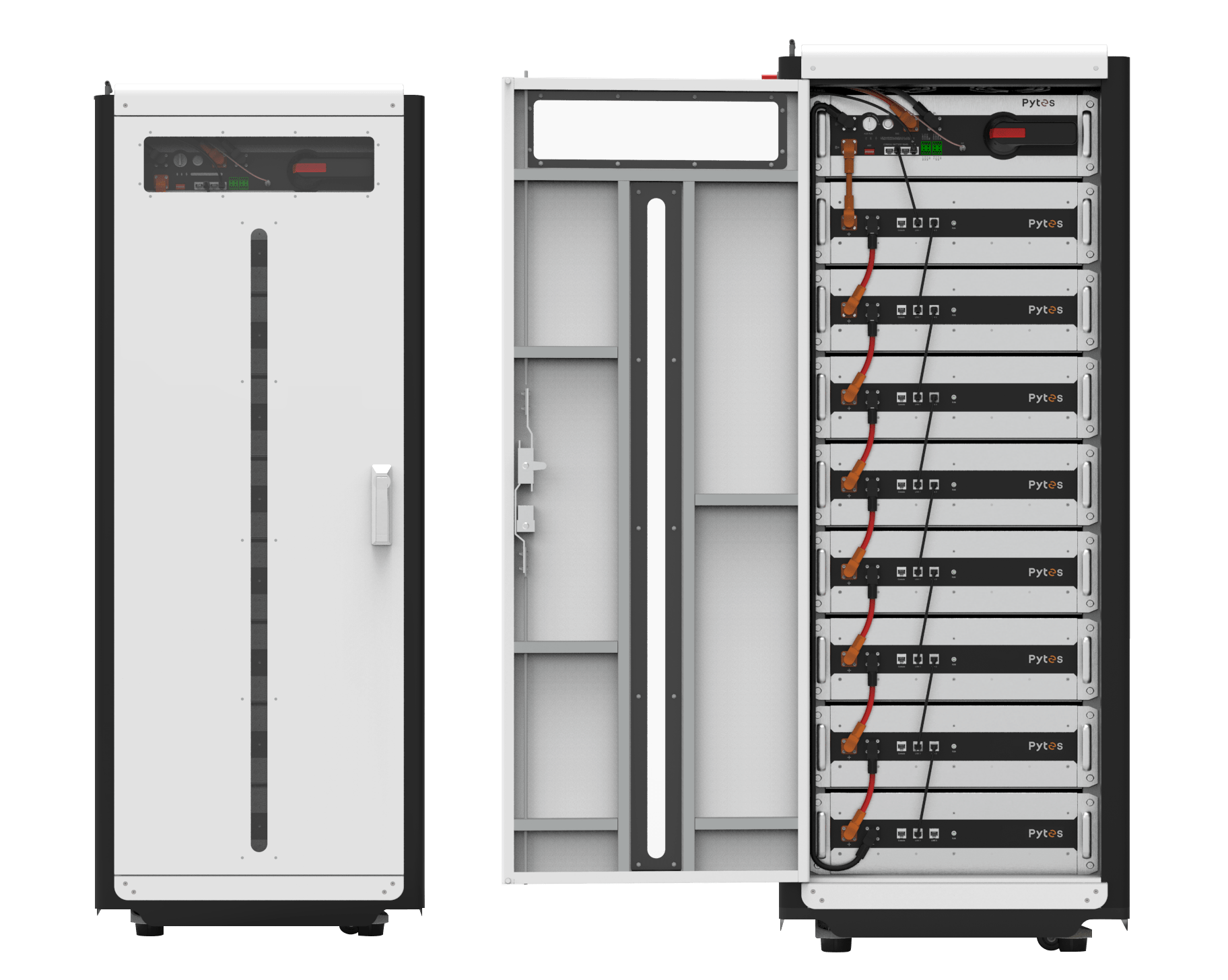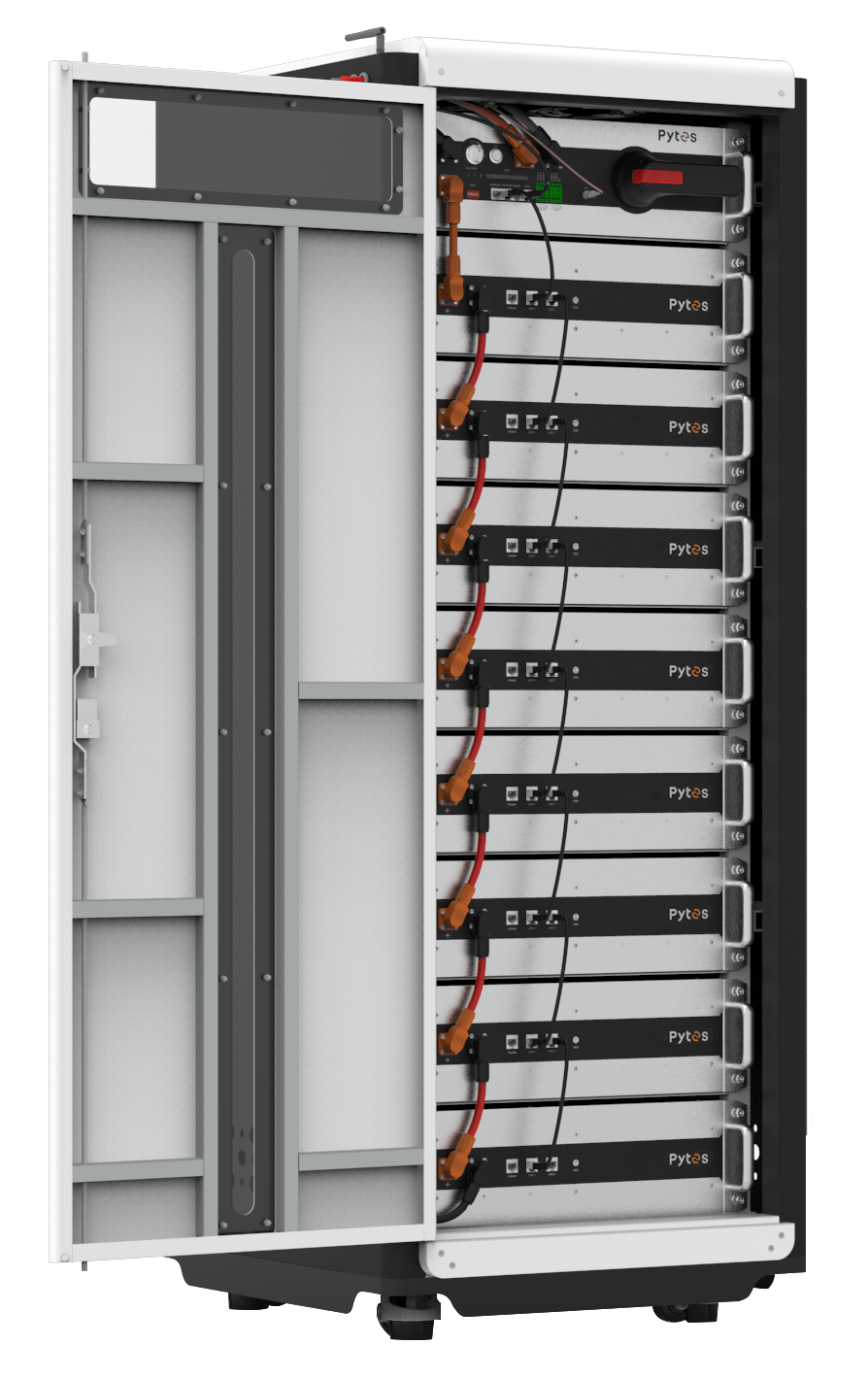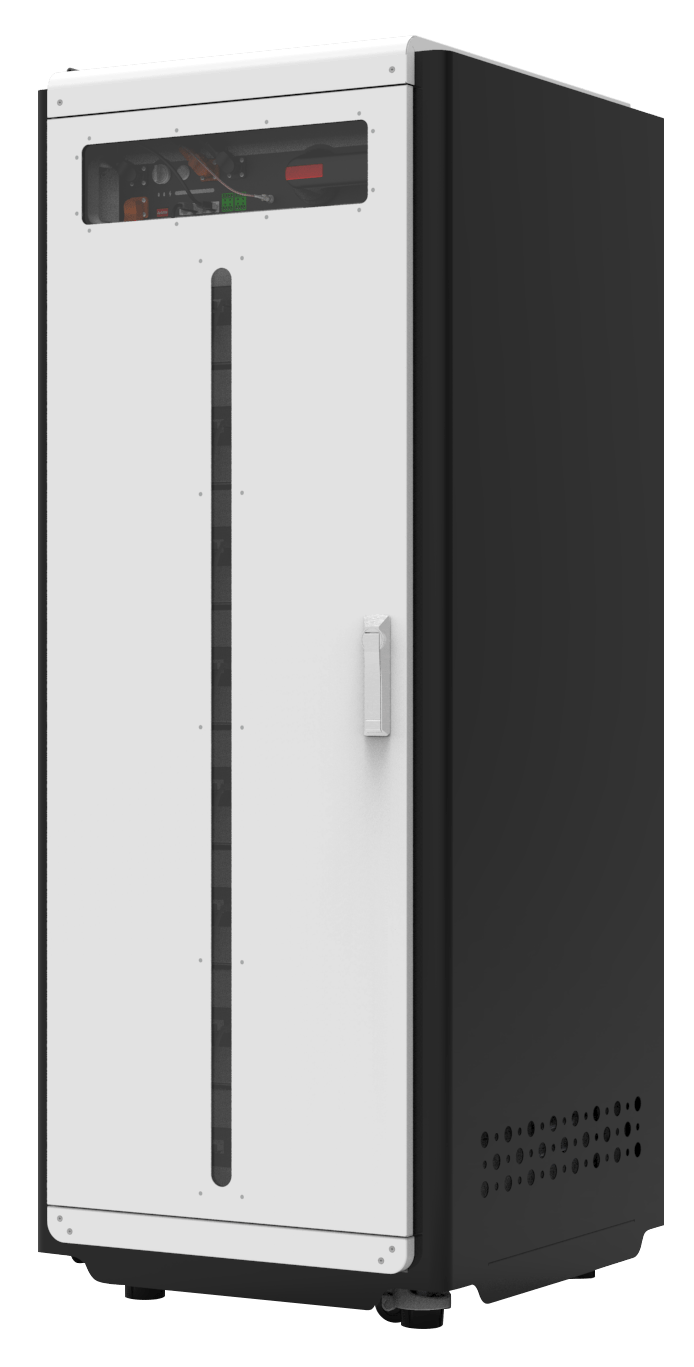Renewable energy sources such as solar and wind power have gained significant traction in recent years as we strive to reduce our dependence on fossil fuels and combat climate change. However, one of the biggest challenges with renewable energy is its intermittent nature. This is where energy storage systems play a vital role, and one technology that has emerged as a sustainable solution is LFP energy storage batteries.In this article, we will introduce the working principle and related applications of LFP energy storage.
LFP Energy Storage Batteries:
Lithium Iron Phosphate (LiFePO4), commonly known as LFP, is a type of rechargeable battery that uses lithium-ion technology. LFP batteries are composed of lithium iron phosphate as the cathode material, a carbon-based anode, and an electrolyte solution. These batteries are known for their high energy density, long cycle life, enhanced safety, and wide temperature range tolerance.
Advantages of LFP Energy Storage Batteries:
1. High Energy Density:
LFP batteries have a high energy density, meaning they can store a large amount of energy in a compact size. This makes them ideal for applications where space is limited, such as residential and commercial energy storage systems.
2. Long Cycle Life:
LFP batteries have a longer cycle life compared to other lithium-ion battery chemistries. They can withstand a higher number of charge-discharge cycles without significant degradation, making them more durable and cost-effective in the long run.
3. Enhanced Safety:
LFP batteries are considered safer than other lithium-ion batteries due to their stable chemical structure. They are less prone to thermal runaway, which reduces the risk of fire or explosion. This makes them suitable for applications where safety is a primary concern.
4. Wide Temperature Range Tolerance:
LFP batteries can operate efficiently over a wide temperature range, from extreme cold to high heat. This makes them suitable for various environments and climates, ensuring reliable performance even in challenging conditions.

1.Electrochemical Reactions in LFP Batteries:
LFP batteries operate based on electrochemical reactions that occur between the cathode, anode, and electrolyte. During charging, lithium ions move from the cathode to the anode through the electrolyte, storing energy. During discharging, the lithium ions move back to the cathode, releasing stored energy.
2.Anode and Cathode Materials:
The anode of an LFP battery is typically made of carbon-based materials, such as graphite, which can intercalate lithium ions during charging. The cathode, on the other hand, consists of lithium iron phosphate particles that can accept and release lithium ions during charging and discharging cycles.
3.Role of Electrolytes:
The electrolyte in an LFP battery is a conductive solution that allows the movement of lithium ions between the cathode and anode. It acts as a medium for ion transport, facilitating the electrochemical reactions that store and release energy.
4.Charging and Discharging Processes:
During charging, an external power source applies a voltage to the battery, causing lithium ions to move from the cathode to the anode. This process stores energy in the battery. During discharging, the stored energy is released as the lithium ions move back to the cathode, generating an electric current that can be used to power various devices or systems.

1.Residential Energy Storage:
LFP batteries are increasingly used in residential energy storage systems. These systems allow homeowners to store excess energy generated from renewable sources, such as solar panels, for later use. LFP batteries provide a reliable and efficient solution for storing and utilizing renewable energy, reducing reliance on the grid and promoting energy independence.
2.Off-Grid Systems:
LFP batteries are also suitable for off-grid applications, where there is no access to the utility grid. Off-grid systems, combined with renewable energy sources like solar or wind, can provide a sustainable and reliable power supply in remote areas or during emergencies.
3.Peak Shaving and Load Shifting:
LFP batteries can be used for peak shaving and load shifting in residential settings. During peak demand periods, when electricity prices are high, LFP batteries can discharge stored energy to reduce the load on the grid. Similarly, during off-peak periods, when electricity prices are low, LFP batteries can be charged, storing excess energy for later use.
4.Commercial and Industrial Energy Storage(For example,the Pytes HV48100):
Micro grids:
LFP batteries are suitable for commercial and industrial energy storage applications, particularly in micro grids. Micro grids are localized power systems that can operate independently or in conjunction with the main grid. LFP batteries can store excess energy generated by renewable sources in micro grids, ensuring a stable and reliable power supply.
Grid Stabilization:
LFP batteries can also be used for grid stabilization, helping to balance supply and demand fluctuations. By storing excess energy during periods of low demand and releasing it during peak demand, LFP batteries can help stabilize the grid, reducing the need for fossil fuel-based power plants.
Pytes HV48100 is a distributed high-voltage energy storage system developed and produced by Pytes. The system uses high-performance LFP energy storage batteries and is equipped with a Pytes independent battery management system, which can effectively ensure battery safety, with a cycle life of more than 6,000 times and a cycle efficiency of up to 95%. The integrated design of HV48100 integrates the battery pack, high-voltage control box and battery management system in a cabinet with an IP20 protection level. It is widely used in charging stations, buildings, factories and other scenarios, providing peak load regulation, emergency backup power supply and photovoltaic energy storage for weak current systems.
1.LFP Batteries and Carbon Footprint:
LFP batteries have a lower carbon footprint compared to other chemistries battery. The production of LFP batteries involves fewer environmentally harmful materials, such as cobalt, which is commonly found in other lithium-ion batteries. This reduces the environmental impact associated with battery manufacturing.
2.Comparison with Other Battery Technologies:
LFP batteries have their advantages and disadvantages compared to other battery technologies. While they may have a slightly lower energy density compared to some lithium-ion chemistries, their enhanced safety, longer cycle life, and wider temperature range tolerance make them a preferred choice for certain applications.

LFP energy storage batteries have emerged as a sustainable solution for the efficient use of renewable energy. With high energy density, long cycle life, enhanced safety features and wide temperature range tolerance, LFP batteries are well suited for a variety of applications, including residential energy storage, commercial and industrial energy storage. As we continue to transition to a world driven by renewable energy, LFP batteries will play a key role in ensuring a sustainable and reliable energy supply.
If you want to know more about Pytes HV48100 or other battery products, please contact us.
E-mail:pytesusa@pytesgroup.com
How to Choose Photovoltaic Energy Storage Battery?